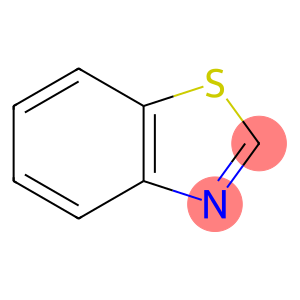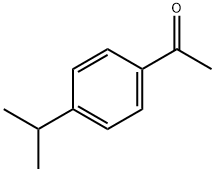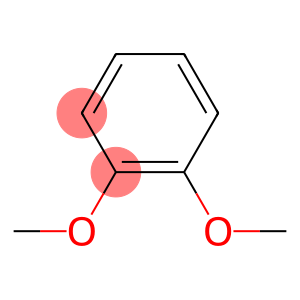2 4-Dibromopyridine(CAS# 58530-53-3)
| Risk Codes | R20/21/22 – Harmful by inhalation, in contact with skin and if swallowed. R36/37/38 – Irritating to eyes, respiratory system and skin. R22 – Harmful if swallowed |
| Safety Description | S26 – In case of contact with eyes, rinse immediately with plenty of water and seek medical advice. S36/37/39 – Wear suitable protective clothing, gloves and eye/face protection. S36 – Wear suitable protective clothing. S37 – Wear suitable gloves. S22 – Do not breathe dust. |
| UN IDs | 2811 |
| WGK Germany | 1 |
| Hazard Class | IRRITANT |
| Packing Group | Ⅲ |
Introduction
2,4-Dibromopyridine is an organic compound. The following is an introduction to its nature, use, preparation method and safety information:
Quality:
- Appearance: 2,4-dibromopyridine is a colorless or light yellow crystalline solid.
- Solubility: 2,4-dibromopyridine is soluble in most organic solvents such as ethanol, dimethyl sulfoxide and chloroform.
Use:
- Dyes: It is a commonly used dye intermediate that can be used to synthesize dyes with different colors.
Method:
2,4-Dibromopyridine can be prepared by the following methods:
- Catalyst bromination: Under alkaline conditions, 2,4-dibromopyridine can be obtained by reacting pyridine with brominating agent.
- Carbon-deuterium chiral halogenation reaction: 2,4-dibromopyridine is obtained by reacting the substrate with bromine.
Safety Information:
The safety and use of 2,4-dibromopyridine should be observed in accordance with the following points:
- This compound is toxic and should be handled with care.
- Appropriate personal protective equipment such as gloves, goggles, and protective clothing must be worn during handling and use.
- Avoid inhaling its dust or coming into contact with skin and eyes.
- It should be operated in a well-ventilated area and avoid contact with a fire source to prevent it from catching fire or exploding.
- Proper safe operating procedures should be followed during handling and storage.




![4-methyl-1-oxaspiro[5.5]undecene(CAS#68228-06-8)](https://www.xinchem.com/uploads/4-methyl-1-oxaspiro5.5undecene.jpg)



